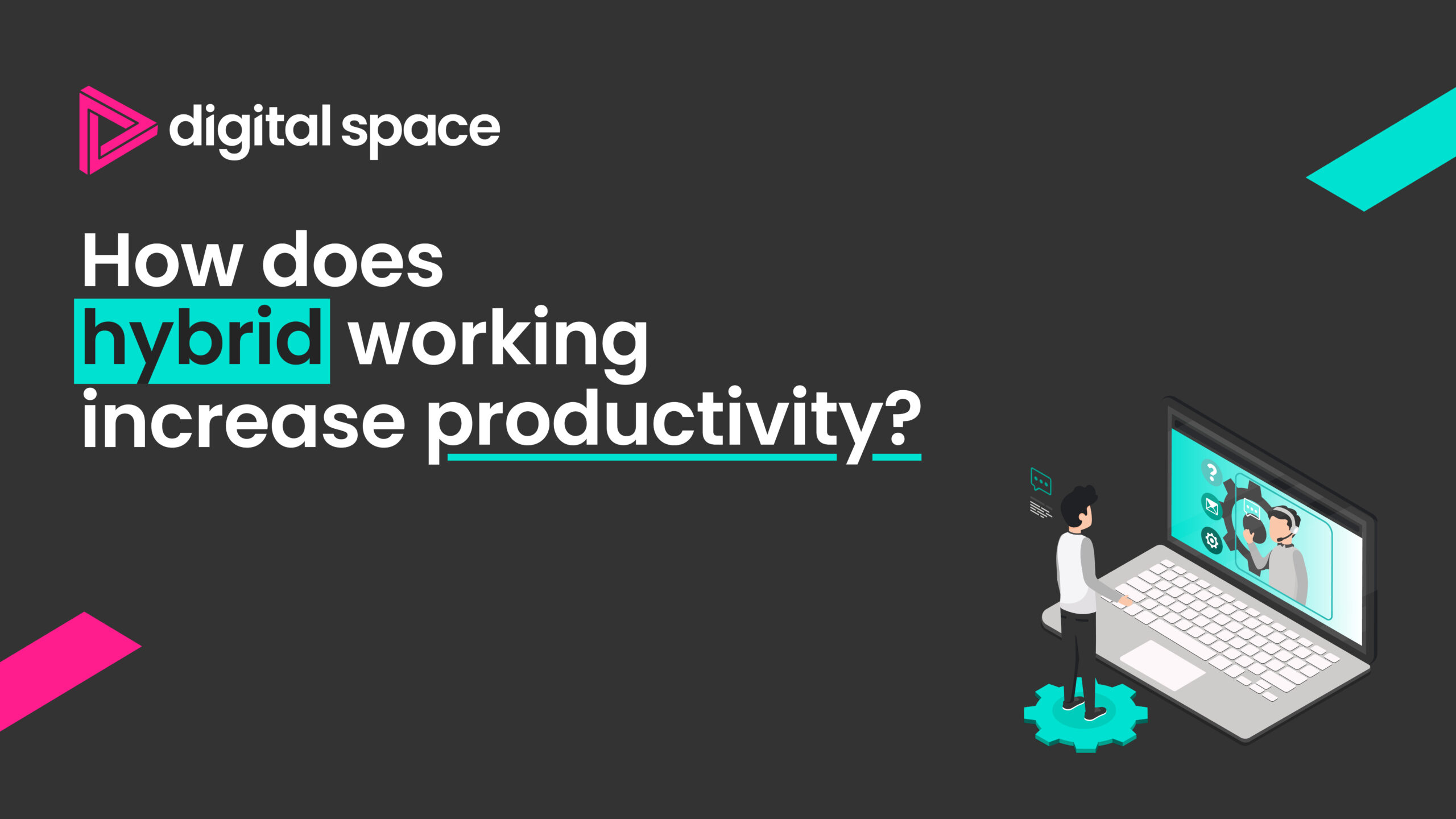Embracing Hybrid Working
The way we work has changed significantly in recent years, and businesses have had to adapt to hybrid ways of working, which bridges in-person and remote work, to stay successful. To tackle these challenges, hybrid working has emerged as a solution that bridges in-person and remote work, creating a flexible and resilient work environment.
In 2022, global spending on public IT cloud services reached approximately $5450 billion USD. The largest segment, Software as a Service (SaaS), generated revenues of nearly $338 billion.
This growth is attributed to organisations worldwide transitioning from legacy business applications to data-driven SaaS applications, which are better suited for modern cloud architectures.
What is Hybrid Working?
Hybrid working blends in-person and remote options, offering employees flexibility in choosing their work location and hours. It bridges the gap between traditional office-based and remote work, enabling work-life balance and seamless physical and digital collaboration. But, in order to be successful, it requires a technically resilient work environment.
The Evolution of the Office Space
It’s essential to recognise that the conventional office space is not becoming obsolete; it is evolving. The demand for a blend of in-person and remote work is still very much present, necessitating that organisations adapt accordingly.
The pandemic presented a unique opportunity to address economic disparities, promote diversity and inclusion, and tap into new talent pools. Businesses sought to prioritise an employee-centric approach, which involves comprehending the work preferences of staff, providing the necessary technology, and addressing any legal and regulatory concerns.
Leveraging Technology and the ‘Third Space’
Hybrid work arrangements require the use of technology and the creation of a ‘third space’ through the use of solutions such as Amazon Connect, Cloud Computing, Telecommunications and Micollab.
Data is essential for this, with sensors and smart office technologies providing crucial insights into the effectiveness of hybrid work setups. Leaders must take decisive actions while remaining adaptable to the ever-changing landscape of hybrid work. Hybrid working is not just a response to a crisis; it represents a fundamental shift that will shape the future of work.
How Does Hybrid Working Increase Productivity?
Hybrid cloud strategies empower organisations to select the most suitable cloud services for specific functions, thereby enhancing flexibility and efficiency. At Digital Space, we provide our customers with a wide array of cloud solutions, including public and private cloud options, dedicated compute resources, and cloud management accessible through our Cloud Management Portal.
As a Mitel Partner, Digital Space provides various Mitel solutions, such as Cloud, Cloud Flex, and ‘On-Premise’ Contact Centres, to meet our customers’ diverse needs. Our experienced account managers tailor custom solutions to match your organisations specific requirements as our Mitel Accredited engineering and deployment team ensures a smooth installation process.
Speak to a specialist today and discover how you could benefit from an exceptional service, expert guidance, and a deep understanding of the deployment process:







